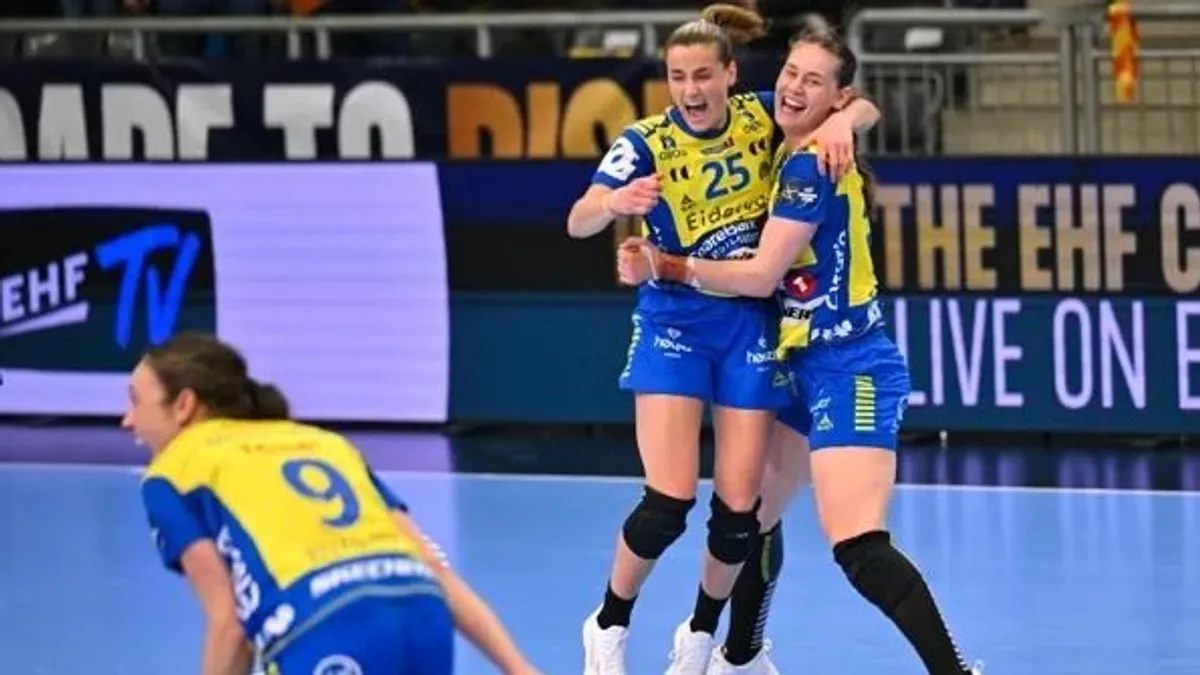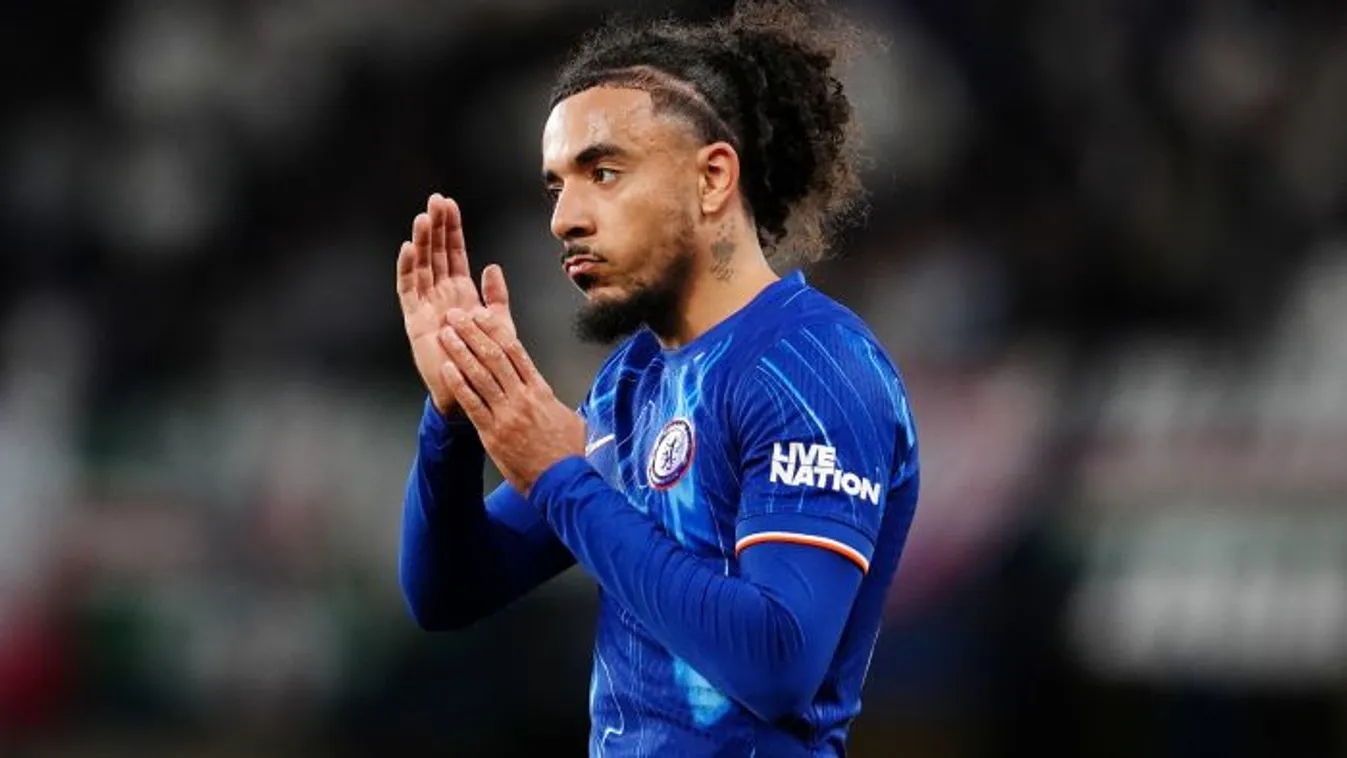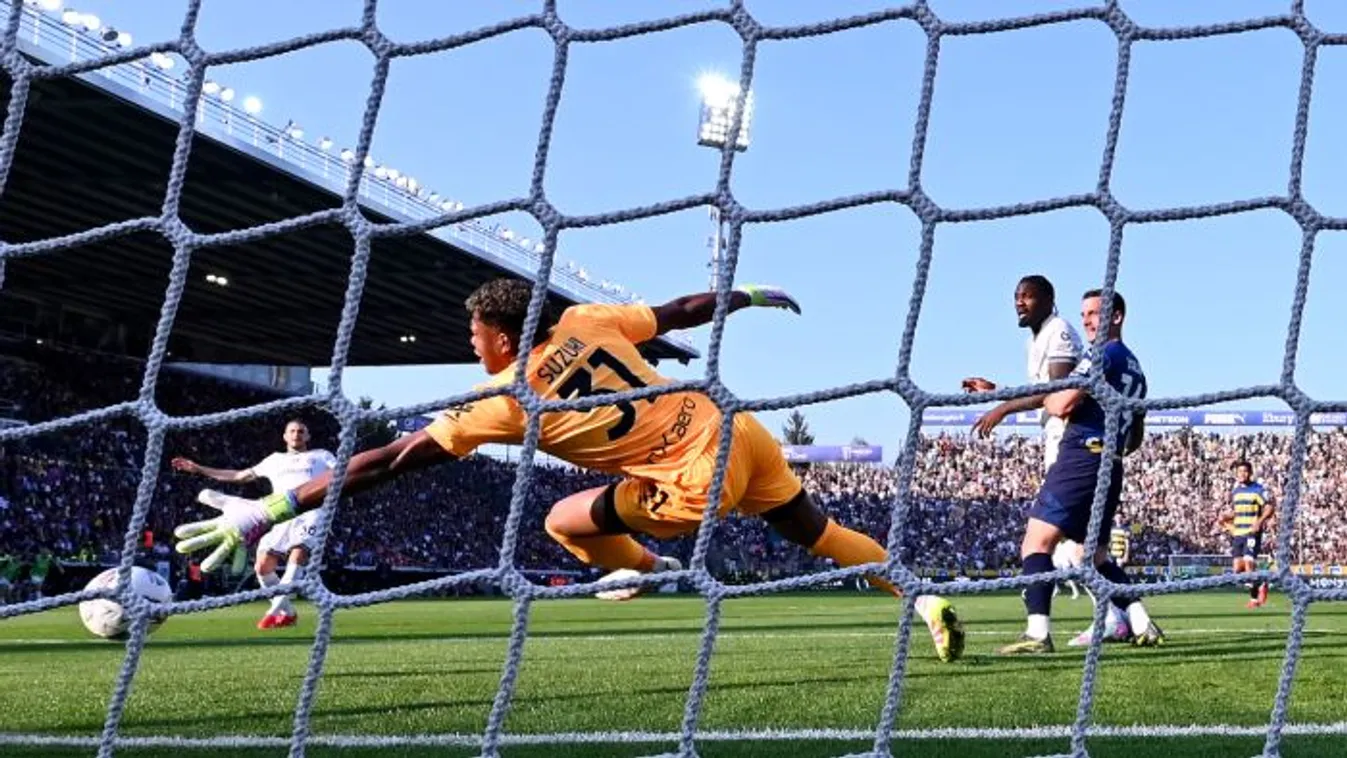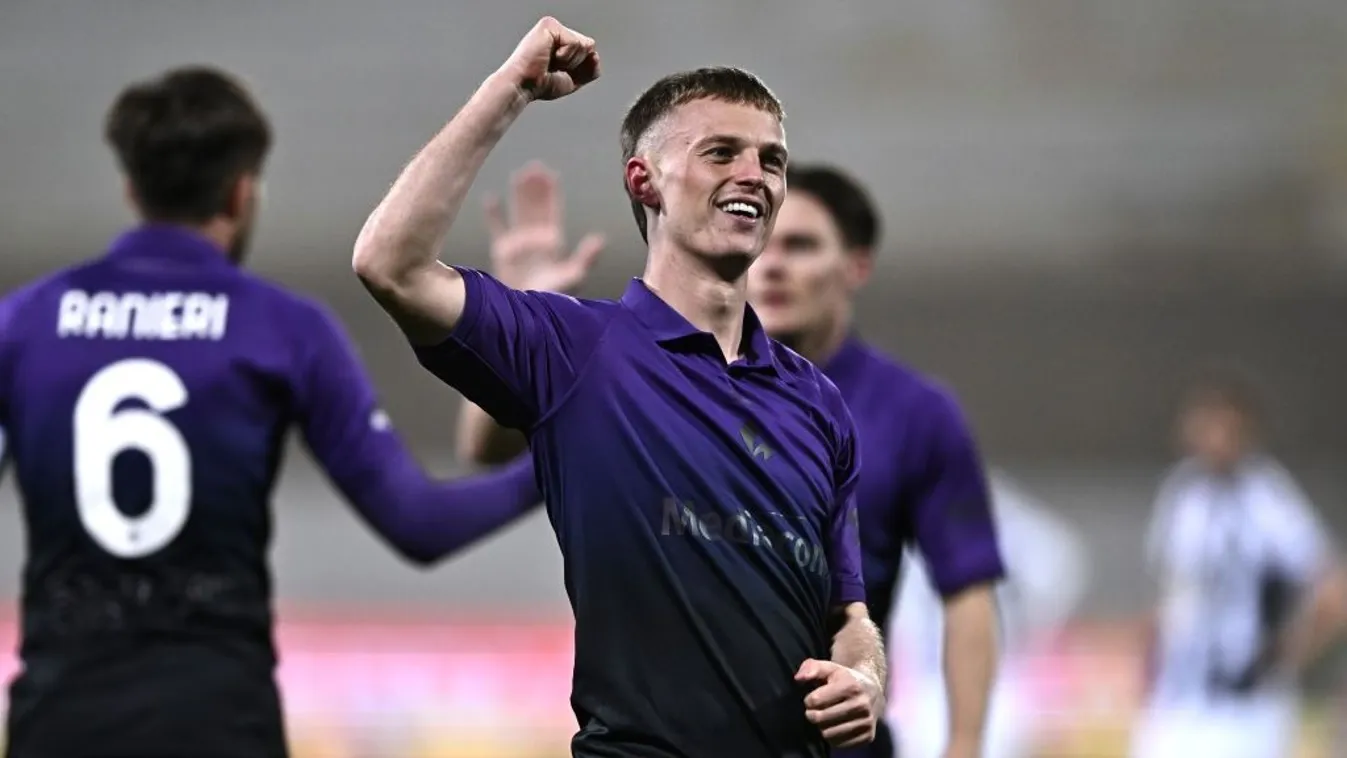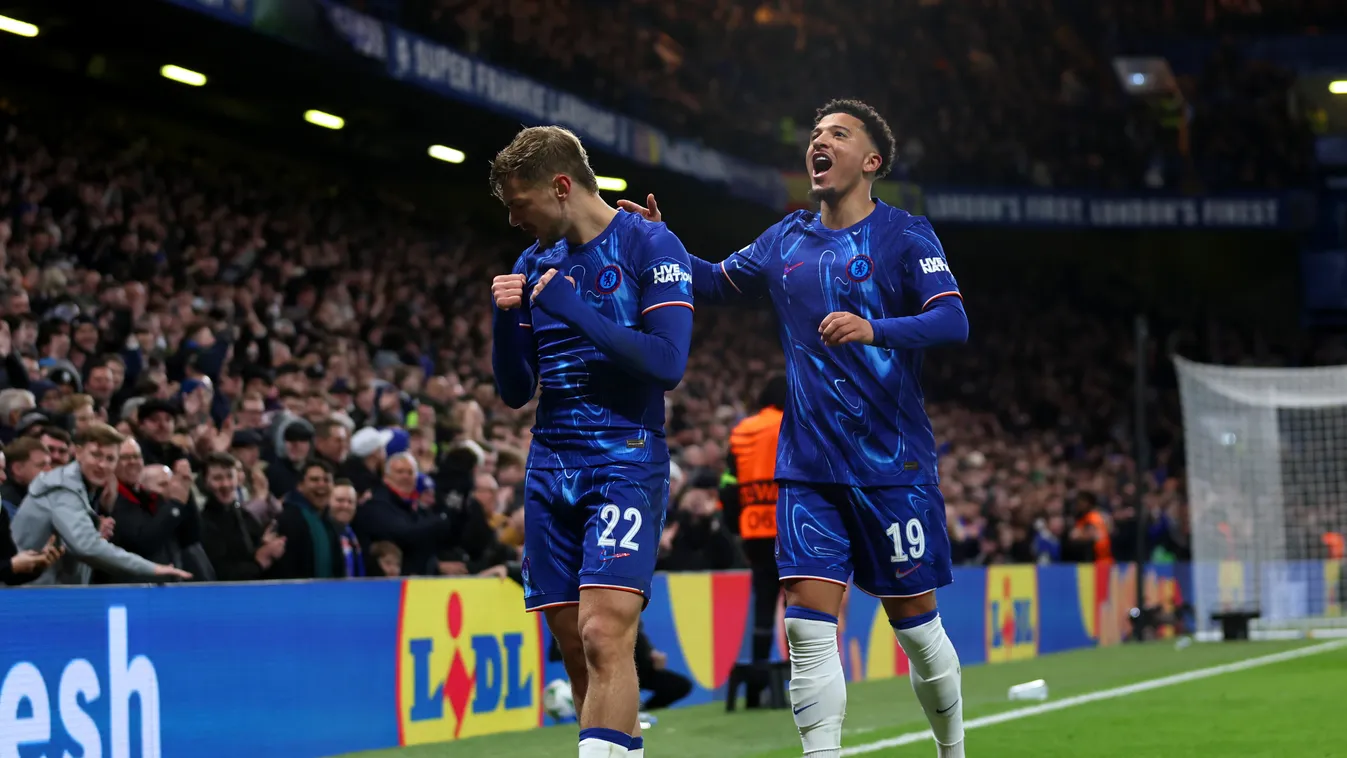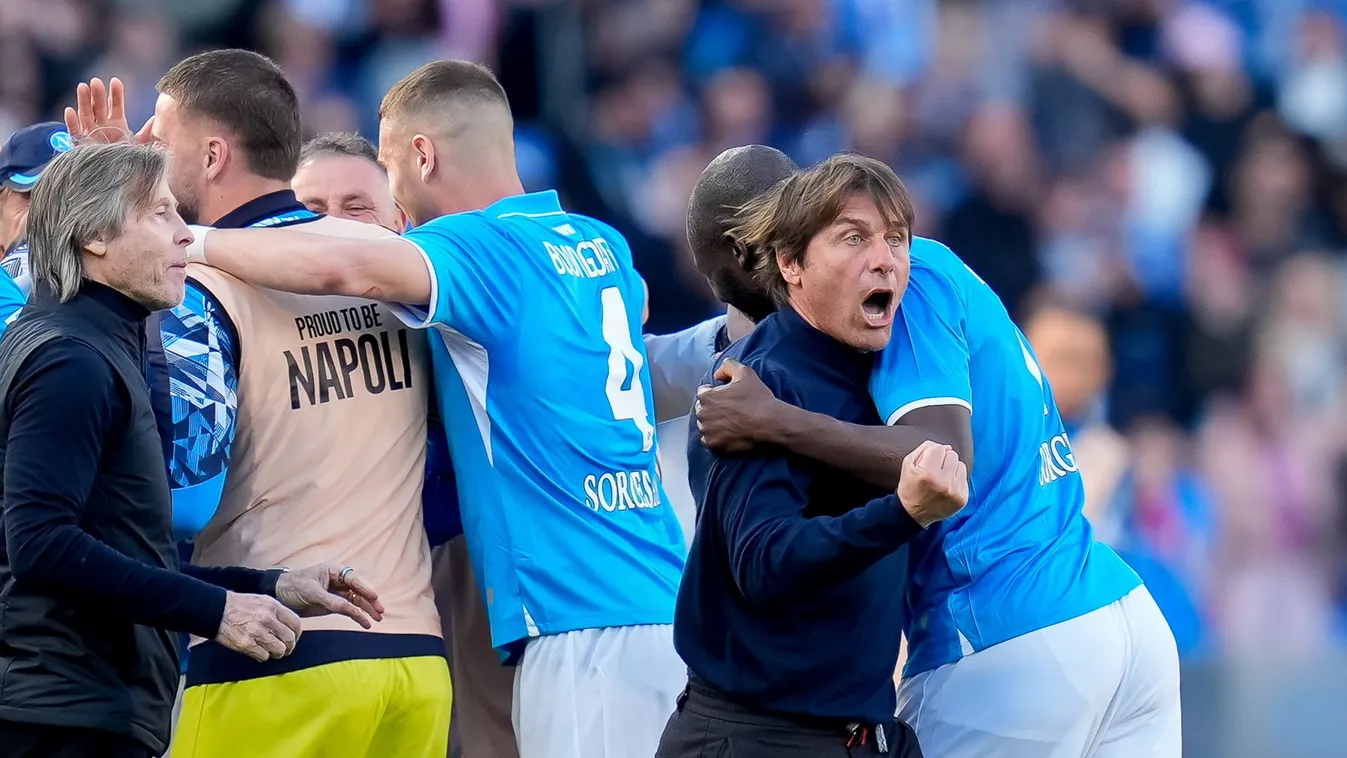Reminiscence: Nándor Hidegkuti remained a footballer on the bench as well
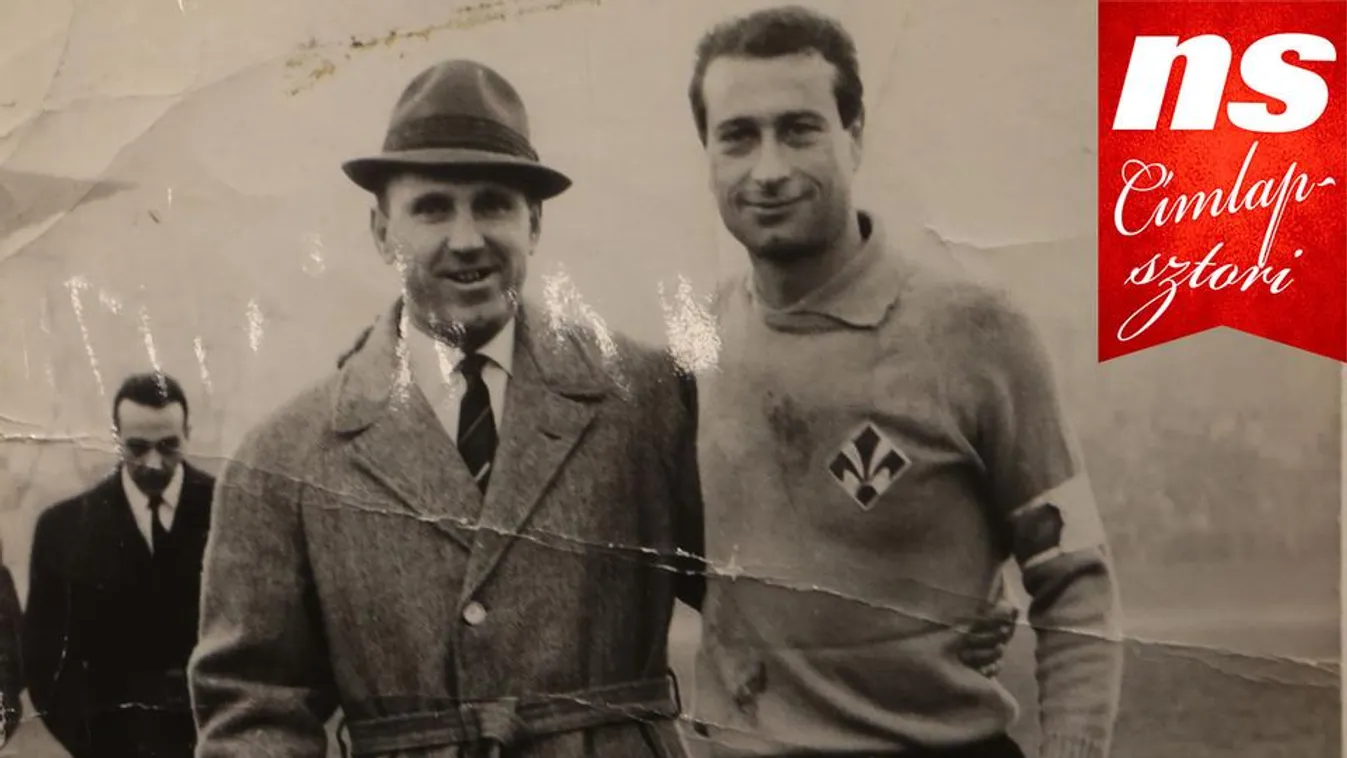
He played his last match on July 13, 1958, with MTK-Bp. Honvéd in the Hungarian League (2-2)."His balls were very accurate as usual," Népsportwrote, and the newspaper reported shortly afterwards that Norway and Bayern Munich from FRG had invited Nándor Hidegkuti to become their coach. Then, in February 1959, it was reported that the Hungarian Football Federation (MLSZ) was employing him as a "Coach of Passage." He prepared his country tour plan, but in the summer, he went from assistant to head coach in MTK, replacing his former master, Márton Bukovi. He made his debut in a festive match: the team defeated Dynamo Praha in the Central European Cup (5-0), and he made a modest statement("I am still a young coach, but I think with the help of the boys, I will overcome the difficulties that can arise in my work").Then, he finished the tournament in fourth place with his team and his first coaching period in Hungary.
"There is some big news at MTK. Nándor Hidegkuti leaves MTK, and he will move to Florence at the end of the month, where he will coach Fiorentina" – the unexpected news comes in October 1960, then the farewell ceremony to Hungária körút where hetries to say goodbye. Then, "he getsemotionaland says, 'It's sad, boys, but I have to leave for two years...' His voice cracks, the former "wizard" can no longer hold it. He sits down."
He arrives in Florence on November 3. It couldn't have been easy for him, as the start is always difficult in a new environment. He was allowed to be with his wife and only one of his children at a timeso that he wouldn't swoon and defect.However, perhaps living in Florence's prestigious hotel, the Hotel Mediterraneo, and opening a tab in thefamous Ristorante Sabatini, improved his mood. Ristorante Sabatini's owner, Vincenzo Sabatini (the "Don"), was the vice-president of Fiorentina. Hidegkuti became a regularguest there, and according to his peers, chicken feet and cockscomb were his favorites, which were both restaurant specialties.But do not recoil!Chicken feetare delicious doughnuts, and cockscomb is pasta(creste di gallo).
More interestingly, he kept a diary during his first season (1960-1961) in Florence. The rare document has already been discussed in our newspaper by my colleague Tibor Pietsch (Népsport,March 11, 2010, Nándor Hidegkuti's secret training diary). Now, we will give you new details, such as his introduction: "First impressions of the players: they welcomed me with love,"he wrote it with optimism. The team's performance is undulating, Hidegkuti is not satisfied with it. It is typical that just after a victory (Udinese, 3-0), he writes: "The team played very badly. They passed the ball badly throughout the game. They all kick the ball forward instead of passing it to the nearest available teammate. The team made a tired impression, the defense missed every chance."
But the nadir comes after that. The team lost to SPAL 2-0, and the crisis team sat down for a meeting immediately. "In the evening, the players were gathered together. Then the management talked to me. The players can't handle hard training. They cannot breathe after a 30-minute heavy load. Only light training is allowed afterwards. The doctor told me that Italian players move smoothly. Therefore, the Hungarian training method cannot prevail here."
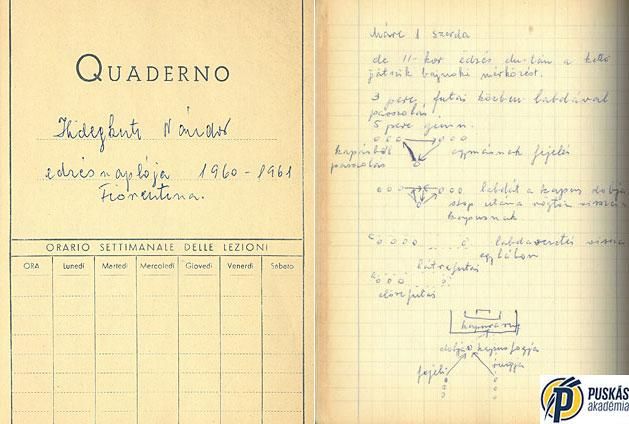
All this happened before Christmas. Then, the team lost at home to Lanerossi (0-1) on December 25. The reaction: "We were assigned to the presidency at 4pm. There was a two-hour conversation, and I became responsible for everything. They asked about the mistakes. I figured out why they can't handle the training. They have lunch on the pitch at 12.30-1pm and training starts at 3. There is little time between lunch and the start time of the training session. After 20 minutes, they get side stitches. They eat and drink a lot, they are fat. They get up late."
The management's order had little effect, but on January 25, 1961, the diary says, "Czeizler was dismissed, so I took over the team."It's a vaguemessage since the team's former coach was obviously not happywith Hidegkuti's arrival because he was given only an advisory role afterwards. And no castle can have two kings. On top of it, they're both Hungarians. The decision is Hidegkuti's victory, as Lajos Czeizler had been working (again) in Italy for more than a decade, and at Fiorentina since 1957.
AS Roma got defeated in the next match, which was a great success. Hidegkuti writes: "The first match at which I am the head coach. I'm responsible for everything and I do everything. I've restructured the team. The team played great because we have three dangerous strikers. The only problem is that they miss a lot of opportunities."
As he was coaching the team alone, he made some changes in the squad. In April, he proudly wrote: "We are playing every game in a 4-2-4 formation now because our two halfback players are unable to hold up the opponent's attacks, so I put a halfback player there as a midfielder." Well, Gusztáv Sebes' Golden Team tactics were on his mind.
Fiorentina finished 7th in the league, but that didn't bother anyone because they won the European Cup Winners' Cup. They won against Rangers (2-0) in Glasgow, but the diary was modest: "The match was played in a burning atmosphere, the incredible noise of 80,000 people encouraged the opponent. It was a lucky victory."The rematch was also successful (2-1), but the only assessment is this:"Micheli, Castelletti, Da Costa and Rimbaldo in the second half played badly. The team is a little tired after a lot of matches.”
He set the bar high, so he was also annoyed after winning the Italian Cup (Lazio: 2-0): "The team played terribly, and made many mistakes. They can't pass the ball. The three inside forwards played poorly."He was only satisfied with goalkeeper Enrico Albertosi, full-back Enzo Robotti and defender Saul Malatrasi. Otherwise, he has a crushing opinion of them. The other goalkeeper, Giuliano Sarti, "if it's cold, he can't defend because he's heavily rheumatic," Dante Micheli"can handle heavy training loads, only his vision is bad, so his passingerror rate is high.” Luigi Milan "gives up the fight quickly, he can't see through the pitch,"andGianfranco Petris "has no brains for football.”
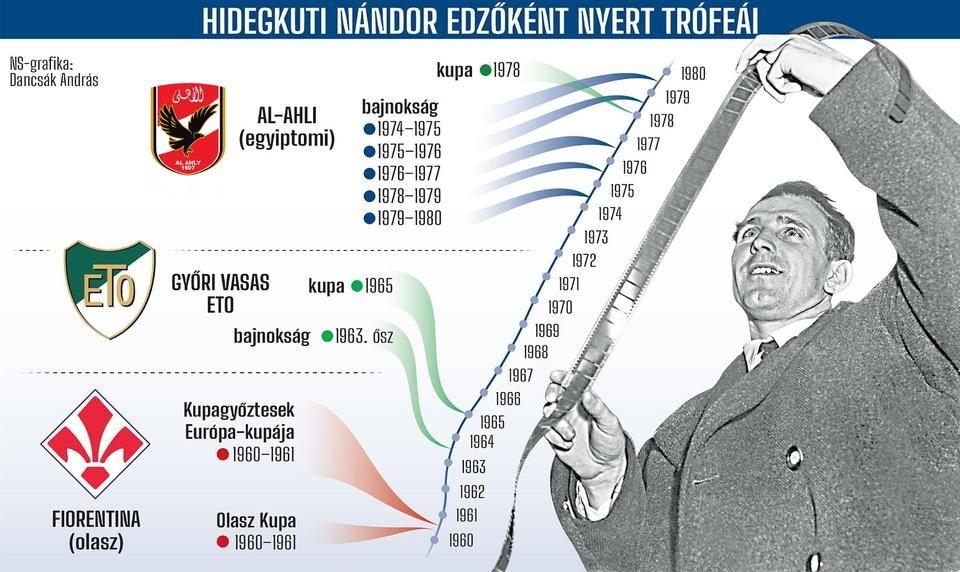
The diary ends here, but Hidegkuti's career in Florence does not. The following season (1962-1963), the team finished thirdbut didn't finish the league with him. Although the club wanted to extend his contract for two more years, the Hungarian sports management only permitted himto work abroad for a total of three years. Therefore, Ferruccio Valcareggi sat on the bench and conducted in the next Cup Winners' Cup final (Atlético Madrid: 1-1, 0-3). Hidegkuti signed for Mantova for a year where the team remained in the league (finished 11th place). Then, he went back to Hungary.
Győr was the next stop and first place in the fall, one-season league of 1963. The stumbling of Fradi (Bp. Honvéd: 2-7, Szeged: 1-2, Dorog: 1-2) also needed for the team to be in first place wonby goal statistics, but success here or there, Hidegkuti is realistic:"Our team does not represent the knowledge, the strength that can give us the right to hope that our team candefend the title," said already at the beginning of the new season (1964). After the fourth place, he had to realize that he was at home... "Wefall behind, and that is because the majority of our players have become complacent, arrogant, and, in some respects, superior. Some were let loose," he said, but in the meantime, they marched to the European Champion Clubs' Cup semi-finals (Benfica: 0-1, 0-4).
Heleft Győr and went to Tatabánya, where he could be proud that "we managed to switch Tatabánya to play a more attacking game.” Then, MTKcalled him back for the next two seasons (1967-1968). In the first year, the team finished 10th and 11th in the second, which were not exactly the expected performance. However, his job was made more difficult by the fact that everyone thought they were smarter than the coach. Even his old mate Sándor "Csikar"... It is no coincidence that he would have left at the end of the first year, but the news only reported in September 1968 that he was leaving.
Next came NB I/B Bp. Spartacus (1968-1971), a calm place. His team consisted of retiring footballers (former Fradi goalkeeper Béla Takács, Bp. Honvéd's and MTK's left-back Boldizsár Mihalecz, and MTK's legend István Nagy) and young people who wanted more (Sándor Egervári, György Mezey). Nobody objected to the results (10th, 7th, 3rd, and 12th place). Hidegkuti was respected and appreciated by everyone.
Then came the challenge from Poland (1972) to keep Stal Rzeszów in the first division. They failed, but after that, Egri Dózsa (1973) stayed in NB I/B thanks to him.
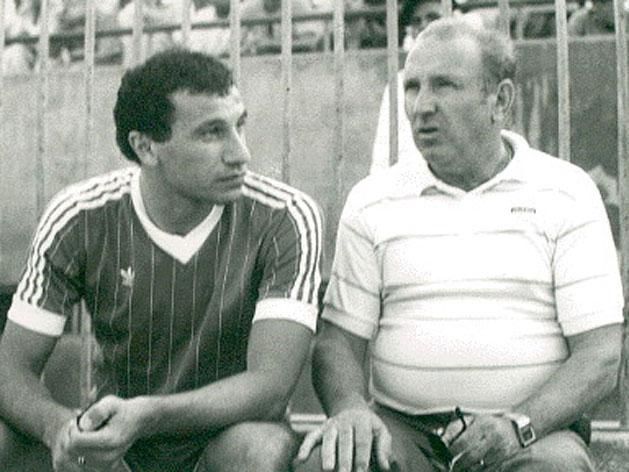
And the light again – in Egypt (1973-1980). He signed for AlAhly in Cairo (the team that participated in the FIFA Club World Cup in February this year and finished third there) with which hewon five league titles, and his popularity is characterized by the fact that "at the pyramids in Sakkara and Giza, souvenirs were offered at half price when hearing his name.In the “Muski,” in the famous bazaar district, I was lured into a shop by the fact that Hidegkuti used to shop there," wrote a reporter for Népsportto whom he proudly said, "I have been given a free hand—and I use this opportunity! Midfielder El Khatib, for example, entertained the crowd by running around with the ball on his head beforematches. ‘My dear,' I said, ‘it's not acircus, you're watching this game from the grandstands.'"
His pedagogy was a success: Mahmud El Khatib became Africa's best player in the 1983 France Football poll. Hidegkuti then said: "In Egypt, the captain's armband is strictly for the president by seniority. But breaking with tradition, I entrusted Khatib with the title. There was a huge uproar going on, and the offended veterans threatened me witha player strike. Then I said, I'll terminate my contract. The management somehow took care of the mess. Khatib remained the captain, and I the coach. It was a tough fight."
After Egypt, he was a consultant for Salgótarján (1981-1983), then for AlAhli in Dubai before retiring.
When I asked him at one of the traditional meetings commemorating the match of the century in Miklós Fejér's restaurant named Régi Sipos what the difference was between his playing and coaching career, he gave an obvious answer:"Nothing. I remained a football player on the bench, too. If all the people under my hand had been that, well, you know..."
|
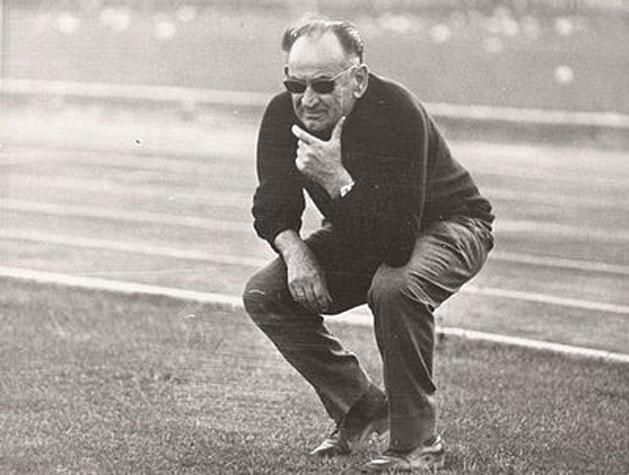
| In the dome hall of the Hungarian National Museum, a memorial exhibition entitled "Respect for Nándor Hidegkuti on the occasion of the 100th anniversary of his birth" was opened, which pays tribute to the life and career of the outstanding former footballer and coach. László L. Simon, Director General of the Hungarian National Museum, Zoltán Lomnici, President of the Golden Team Board, Jenő Sipos, MLSZ spokesperson, Balázs Balogh, director of the Puskás Institute, and Tamás Deutsch, president of MTK Budapest also gave speeches in the hall. A high-quality collection was awaitingthe visitors, as the exhibition contains many exclusive relics from Nándor Hidegkuti's playing and coaching career, and it is especially interesting that it also provides an insight into his family life by putting several of his personal objects on public display – the Puskás Institute provided the majority of the more than 100 items of the exhibition. According to the visitors interviewed by our newspaper, the exhibition is exciting and interesting. It is not surprising at all since the legendary footballer had a special and extremely rich career, scoring 202 goals in 302 appearances for MTK, with which he became a three-time champion and one-time cup winner. While as a member of the Golden Team, he scored 39 goals in 69 appearances, and he became an Olympic champion in Helsinki in 1952. In 1954, he then won a silver medal at the World Cup in Switzerland. The greatest interest was in the white jersey he wore at the 1952 Olympics, but many people looked at his commemorative awards, family photographs, and his accreditation card used at the 1958 World Cup in Sweden – even his vaccination card from 1945 is displayed. The showing is open from Tuesday to Sunday until April 17, 2022, with the ticket purchased for the permanent exhibition. L. B. |
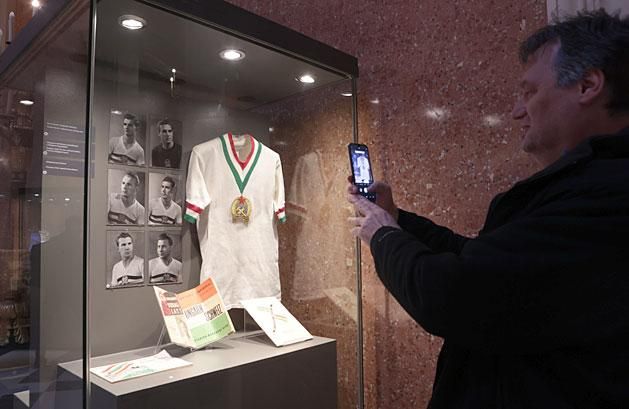
| Born:March 3, 1922; Budapest Died:February 14, 2002; Budapest Position:forward Caps/goals (1945-1958):69/39 Clubs as a player:Gázművek (1940-1943), Elektromos (1943-1945), Herminamezei AC (1945-1946), MTK (1947-1958) Clubs as a coach:MTK (1959-1960; 1967-1968), Fiorentina (Italy, 1960-1962), Mantova (Italy, 1962-1963), Győri Vasas (1963-1965), Tatabánya (1966), Budapesti Spartacus (1968-1971), Rzeszów (Poland), 1972-1973), Egri Dózsa (1973), AlAhly (Egypt), 1973-1980), Al Ahli (UAE, 1983-1985) Achievements as a player:World Cup silver medalist (1954), Olympic champion (1952), European Cup winner (1953), 3-time Hungarian champion (1951, 1953, 1957-1958), Hungarian Cup (MNK) winner (1952) Achievements as a coach:Cup Winners' Cup (1960-1961), Hungarian champion (Fall 1963), 5-timeEgyptian champion (1974–1975, 1975–1976, 1976–1977, 1978–1979, 1979–1980), Italian Cup winner (1960-1961), MNK winner (1965), Egyptian Cup winner (1978) |

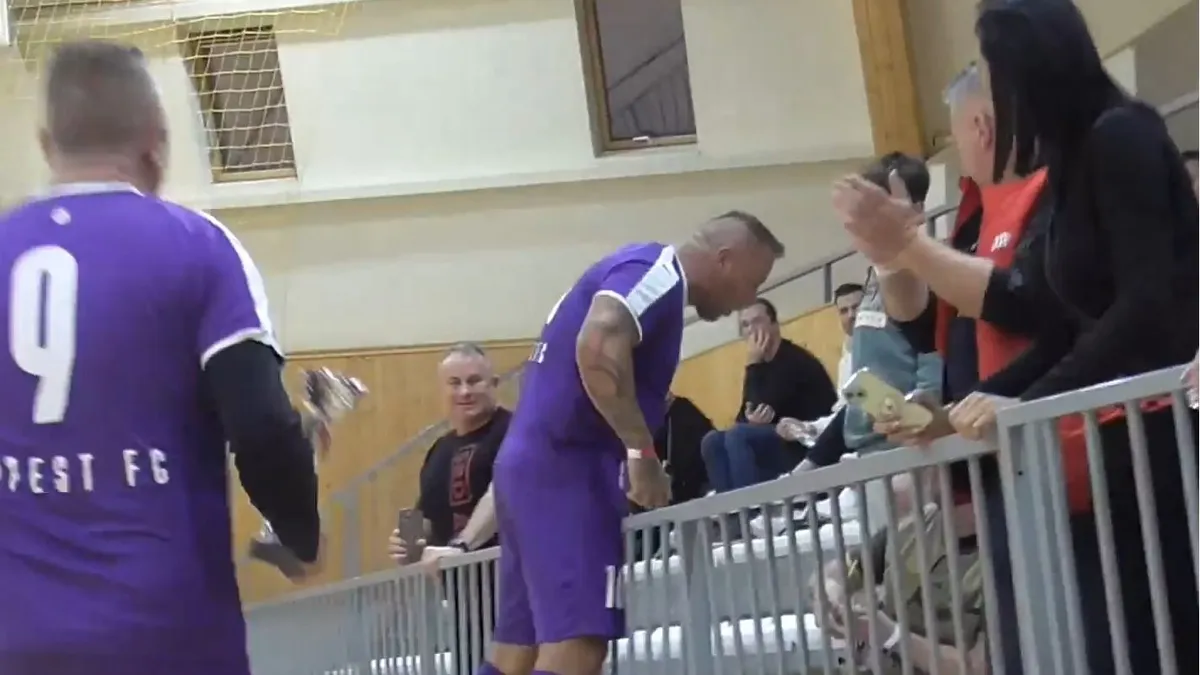
Curtis pofonvágta az őt gyalázó szurkolót a lelátón
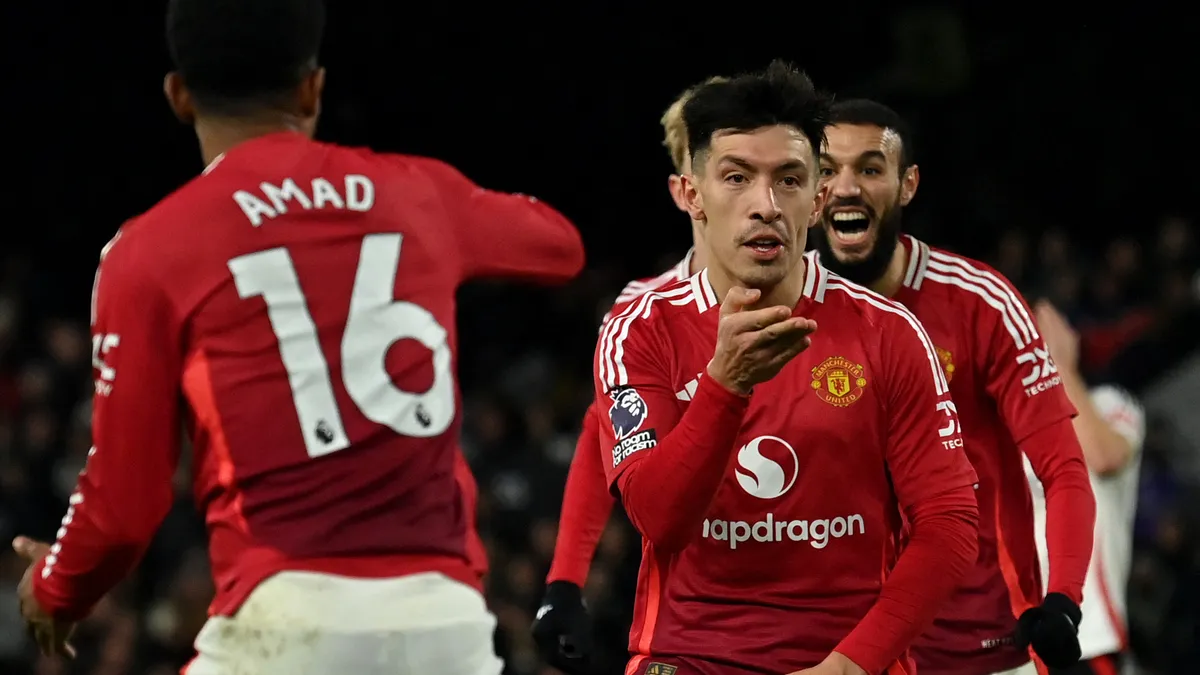
Az MU egyszer találta el a kaput, de egy szerencsés góllal így is nyert
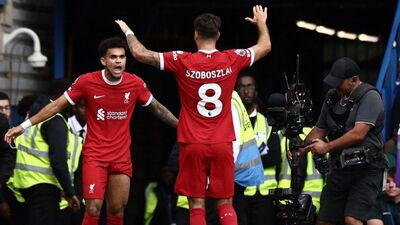
Ez nem hiányzott: Szoboszlai Dominik még egy világsztár miatt aggódhat!
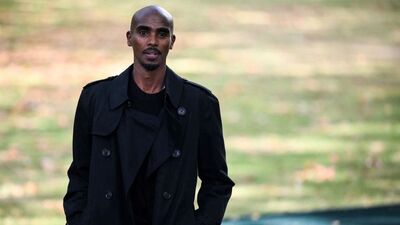
Milliárdokért árulja luxusotthonát az olimpiai bajnok

Villámgyors finomság – az 5 legjobb tejbegrízrecept
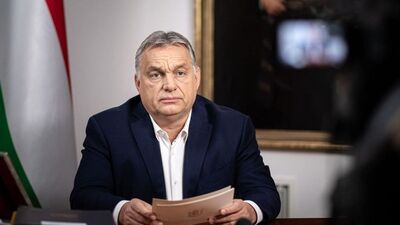
Orbán Viktor elutazik, ezen a helyen magyar kormányfő még nem járt
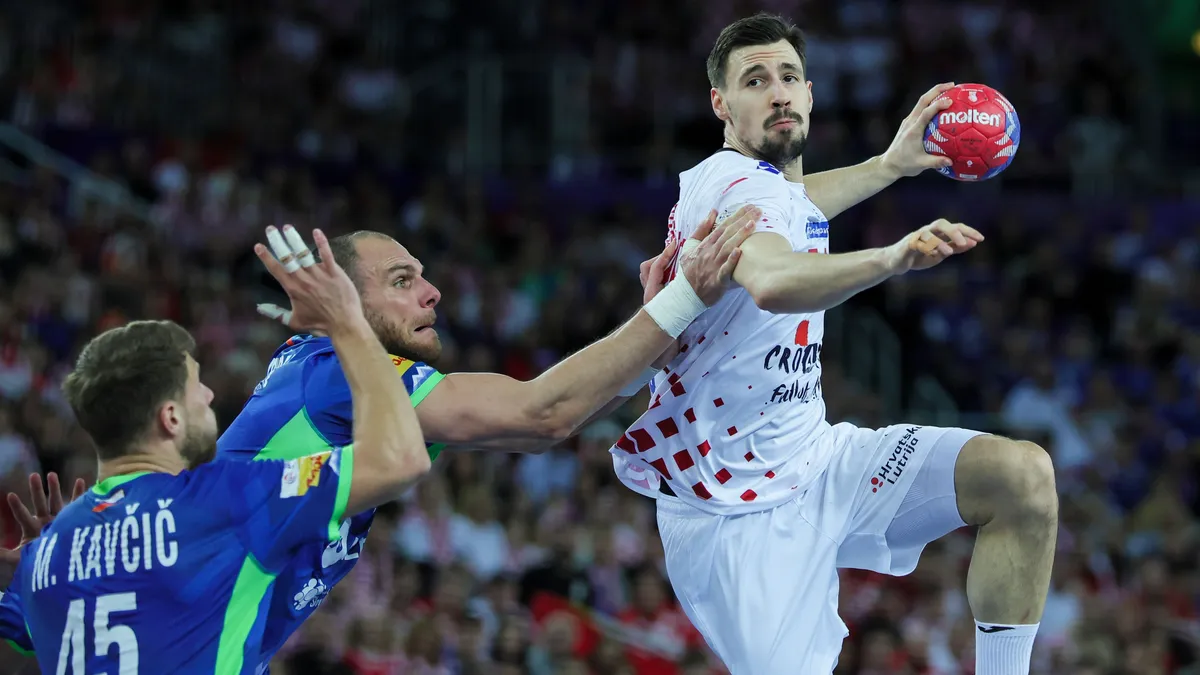
A szlovénokat legyőző Horvátország lesz a mieink negyeddöntős ellenfele kedden 18 órakor a kézi-vb-n
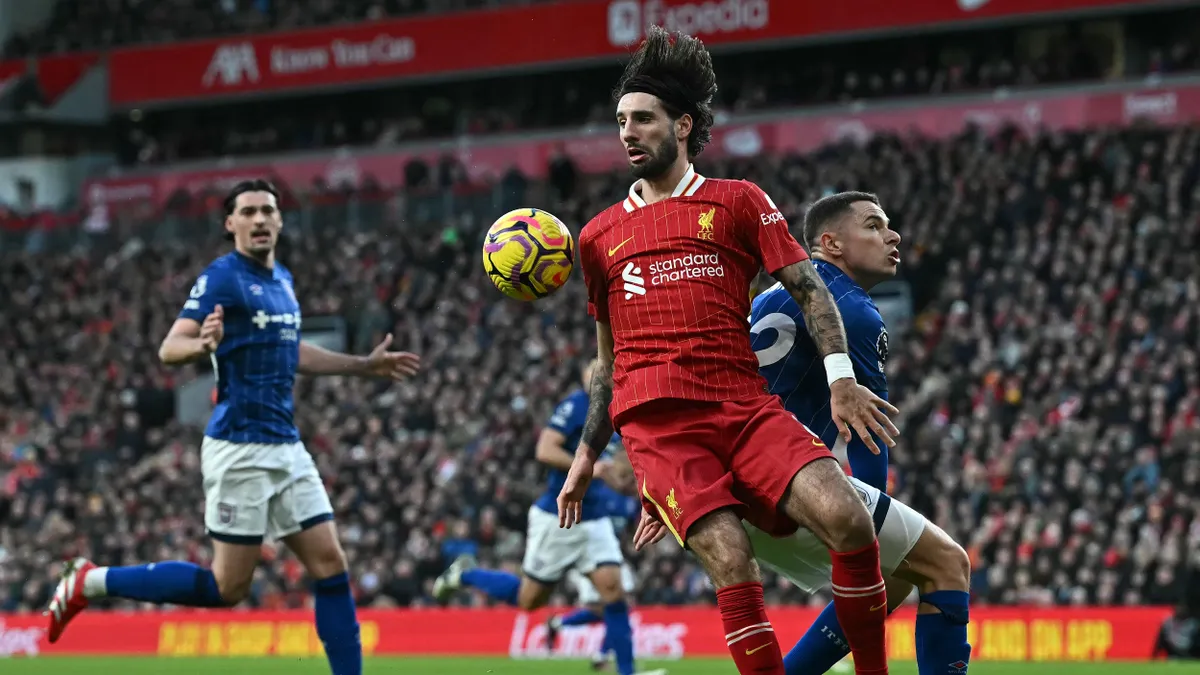
Szoboszlai szenzációs passzán ámul a világ - videó

A Chiefs újabb drámai meccsen nyert a Bills ellen – triplázás kapujában a Kansas City!
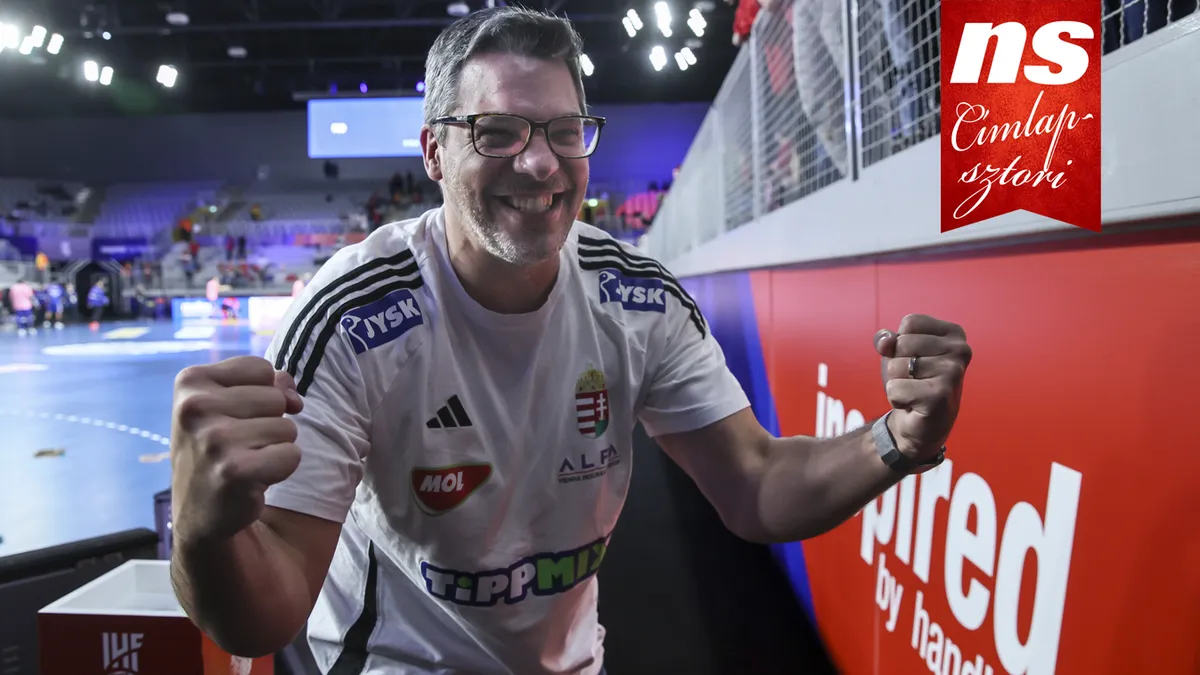
Chema Rodríguez: Óriási dolog, hogy sorozatban harmadszor ott vagyunk a nyolc között
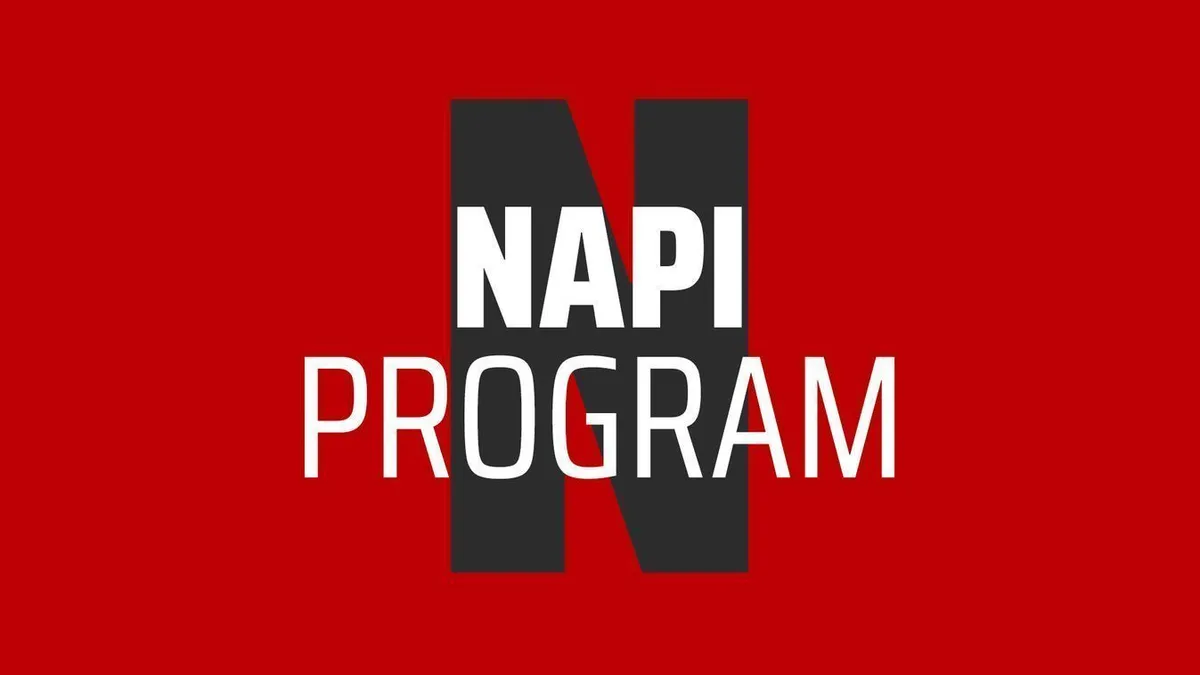
Hétfői sportműsor: olasz, spanyol és angol futball, magyar futsal
